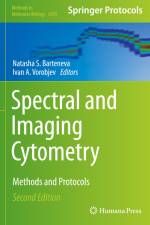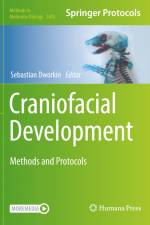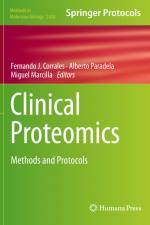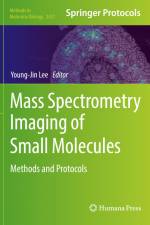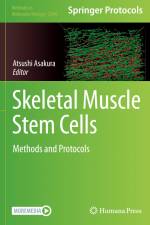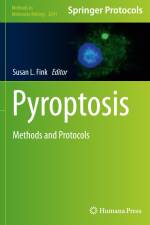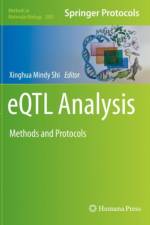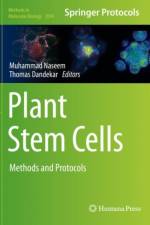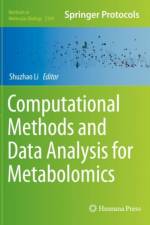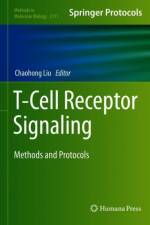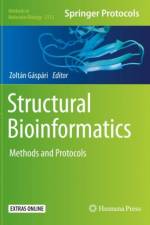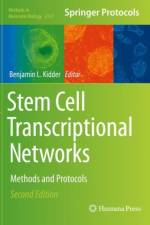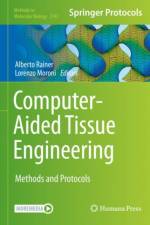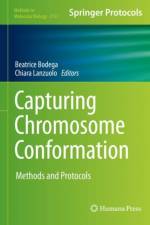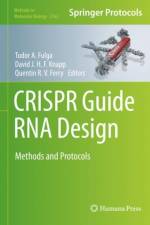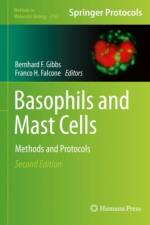1 755
Part I: Introduction and Historical Background1. Paradigm Shifts in Mast Cell and Basophil Biology and Function: An Emerging View of Immune Regulation in Health and DiseaseAna Olivera and Juan Rivera Part II: Obtaining the Cells: Purification, Culture, and Counting2. Purification of Basophils from Peripheral Human BloodFranco H. Falcone and Bernhard F. Gibbs 3. Mast Cell Purification ProtocolsJasmine Farrington, Elizabeth P Seward, and Peter T Peachell 4. Generation of a Human Allergic Mast Cell Phenotype from CD133+ Stem CellsHans J├╝rgen Hoffmann 5. Generation and Culture of Peripheral CD34+ Stem Cell-derived Mast Cells (PSCMCs)Yanyan Luo, Stefan Frischbutter, J├╢rg Scheffel, and Frank Siebenhaar 6. Modulating the Human Basophil Phenotype During its Development and Maturation: Basophils Derived from in vitro Cultures of CD34+ Progenitor CellsDonald MacGlashan Jr. 7. Generation of Mast Cells from Murine Stem Cell ProgenitorsEmily J. Swindle 8. Integration of the Human Dermal Mast Cell into the Organotypic Co-culture Skin ModelJonghui Kim, Sven Guhl, Magda Babina, Torsten Zuberbier, and Metin Artuc 9. The Absolute Basophil CountElena Borzova Part III: Basophil/Mast Cell Lines10. Mast Cell and Basophils Cell Lines: A CompendiumEgle Passante 11. Use of Humanized RBL Reporter Systems for Detection of Allergen-specific IgE Sensitization in Human Serum Daniel Wan, Xiaowei Wang, Ryosuke Nakamura, Marcos J.C. Alcocer, and Franco H. Falcone 12. Use of Humanized Fluorescent Reporter Cell Line RBL NFAT-DsRed for Detection of Allergen-specific IgE in Patient Sera Using Allergen MicroarraysMarina Kalli, Marcos J. C. Alcocer, Andrew J. Blok, and Franco H. Falcone 13. NPY-mRFP Rat Basophil Leukemia (RBL) Reporter: A Novel, Fast Reporter of Basophil/Mast Cell Degranulation Nafal Barwary, Daniel Wan, and Franco H. Falcone 14. Use of Engineered Nanoparticles (ENPs) for the Study of High-affinity IgE Receptor Fc╬╡RI Receptor Engagement and Rat Basophil Leukemia (RBL) Cell degranulationAlelwani W, Alharbi RA , Wan D , Vllasaliu D, Falcone FH , and Stolnik S Part IV: Diagnostic Applications 15. Flow Cytometric Allergy Diagnosis: Basophil Activation Techniques Chris H. Bridts, Vito Sabato, Christel Mertens, Margo M. Hagendorens, Luc S. De Clerck, and Didier G. Ebo 16. Basophil Activation Experiments in Immediate Drug Hypersensitivity: More Than a Diagnostic AidDidier G Ebo, Jessy Elst, Athina Van Gasse, Leander De Puysseleyr, Margaretha Faber, Margo M Hagendorens, Lina Mayorga, Christel Mertens , Chris H Bridts, Luc S De Clerck, and Vito Sabato 17. Basophil Activation Techniques: Staining of Exteriorized Granule Matrix Jessy Elst, Vito Sabato, Margo M Hagendorens, Michel van Houdt, Margaretha A. Faber, Chris H Bridts, Didier G Ebo, and Christel Mertens 18. Measurement and Functional Analysis of the Mas-related G protein-coupled receptor MRGPRX2 on Human Mast Cells and Basophils Jessy Elst, Vito Sabato, Margo M Hagendorens, Michel van Houdt, Margaretha A. Faber, Chris H Bridts, Didier G Ebo, and Christel Mertens 19. The Mast Cell Activation Test (MAT)Rajia Bahri and Silvia Bulfone-Paus Part V: Whole Cells: Functional Studies20. Quantity and Quality of Basophil RNA Depend on the RNA Extraction TechniqueVictor G. Bechmann, Anett

